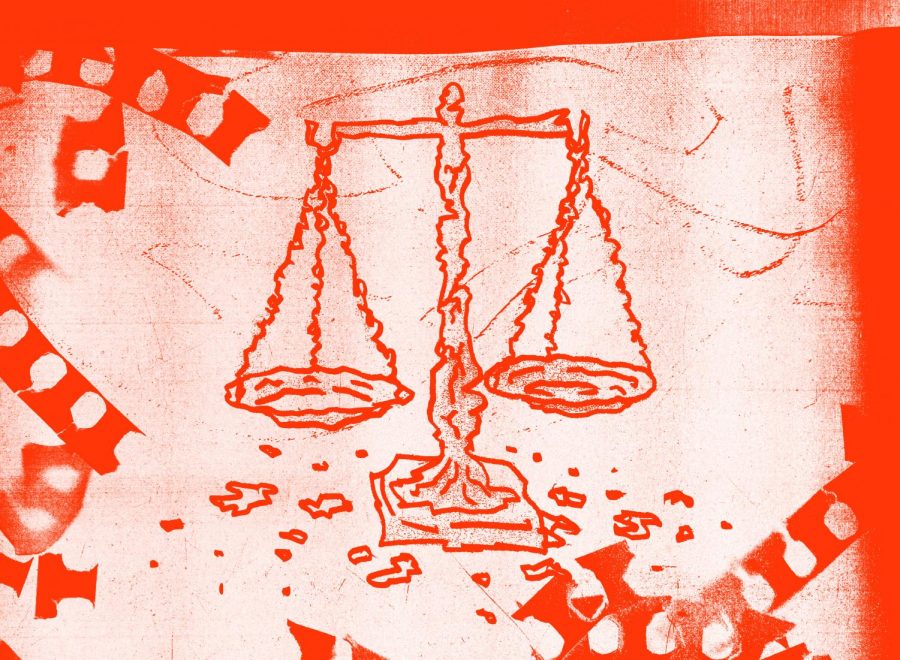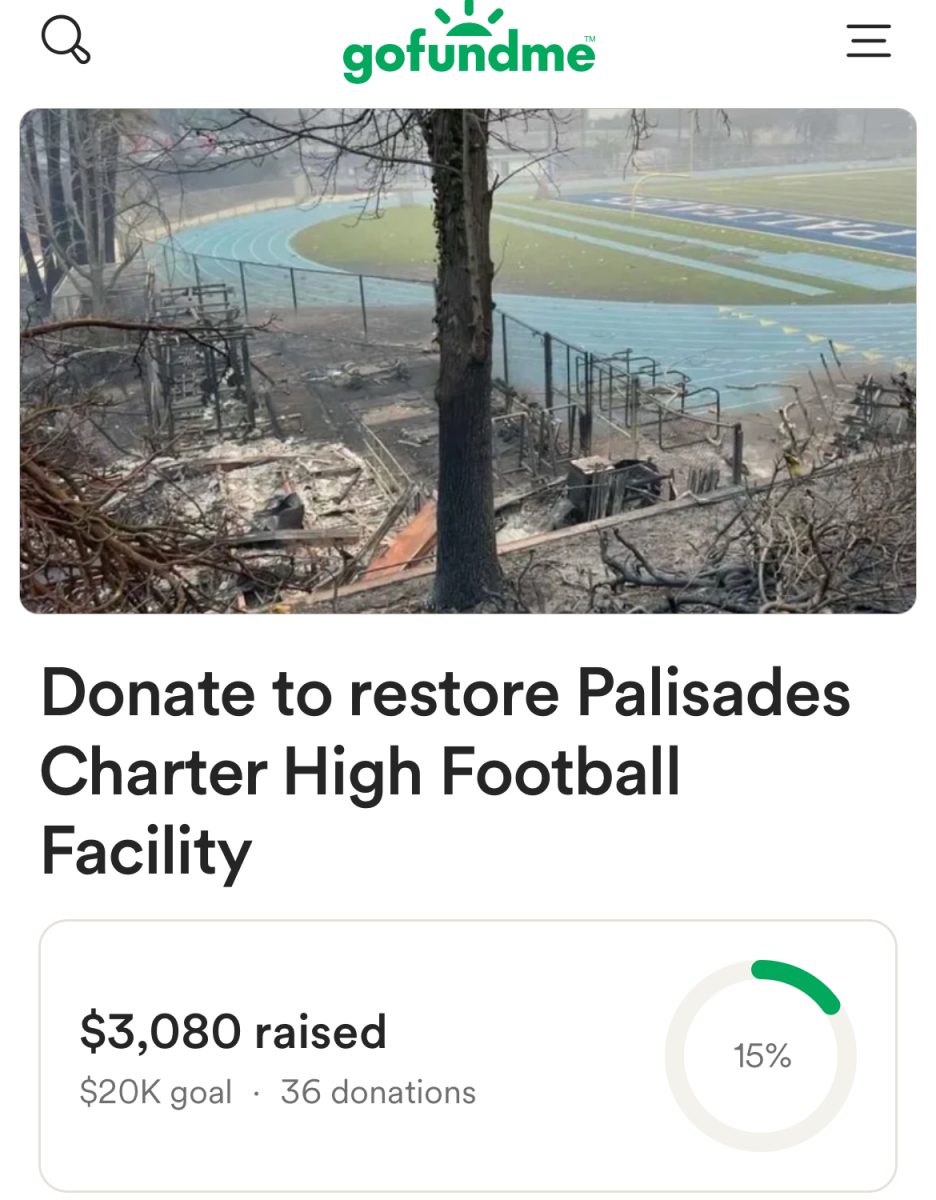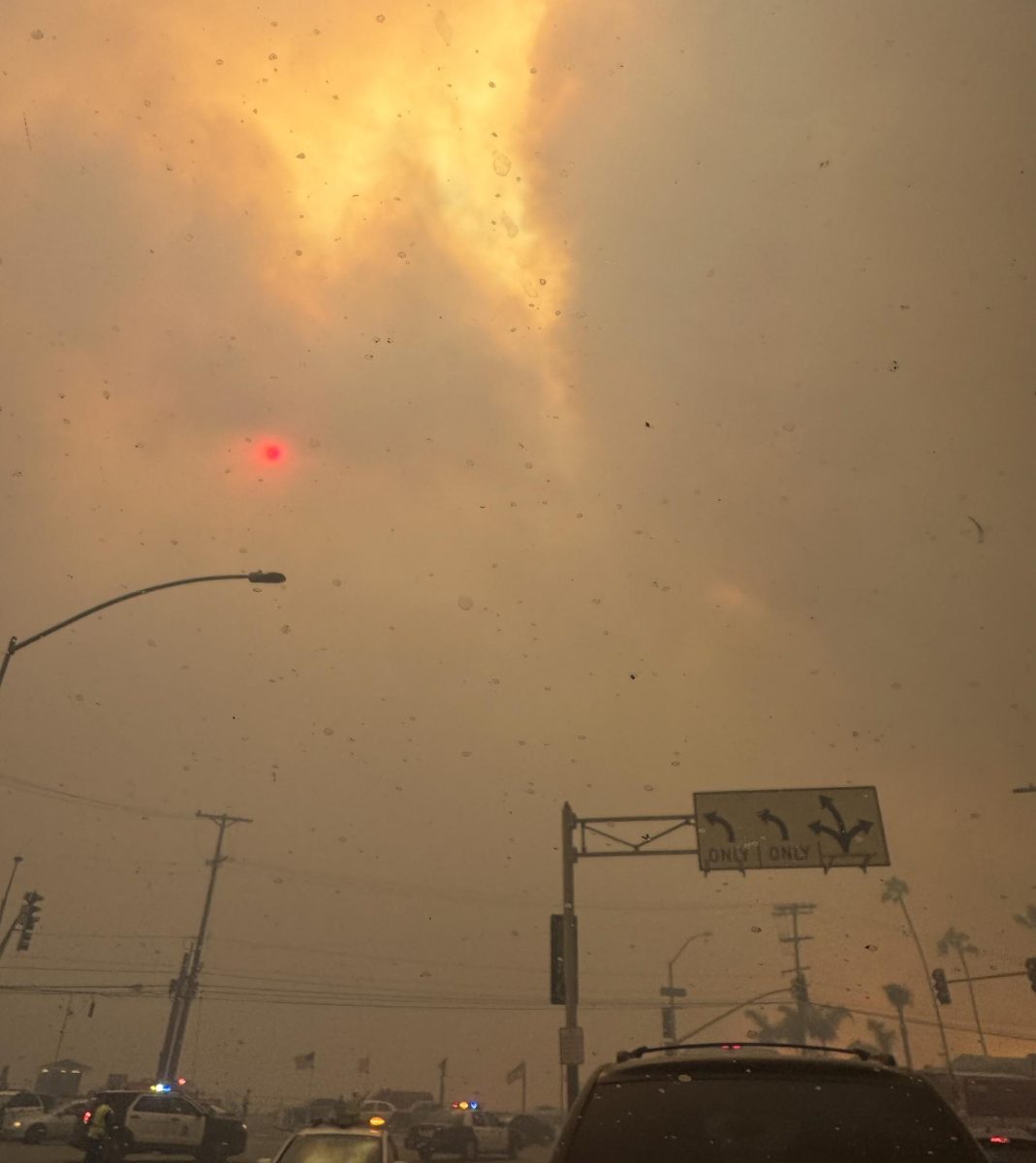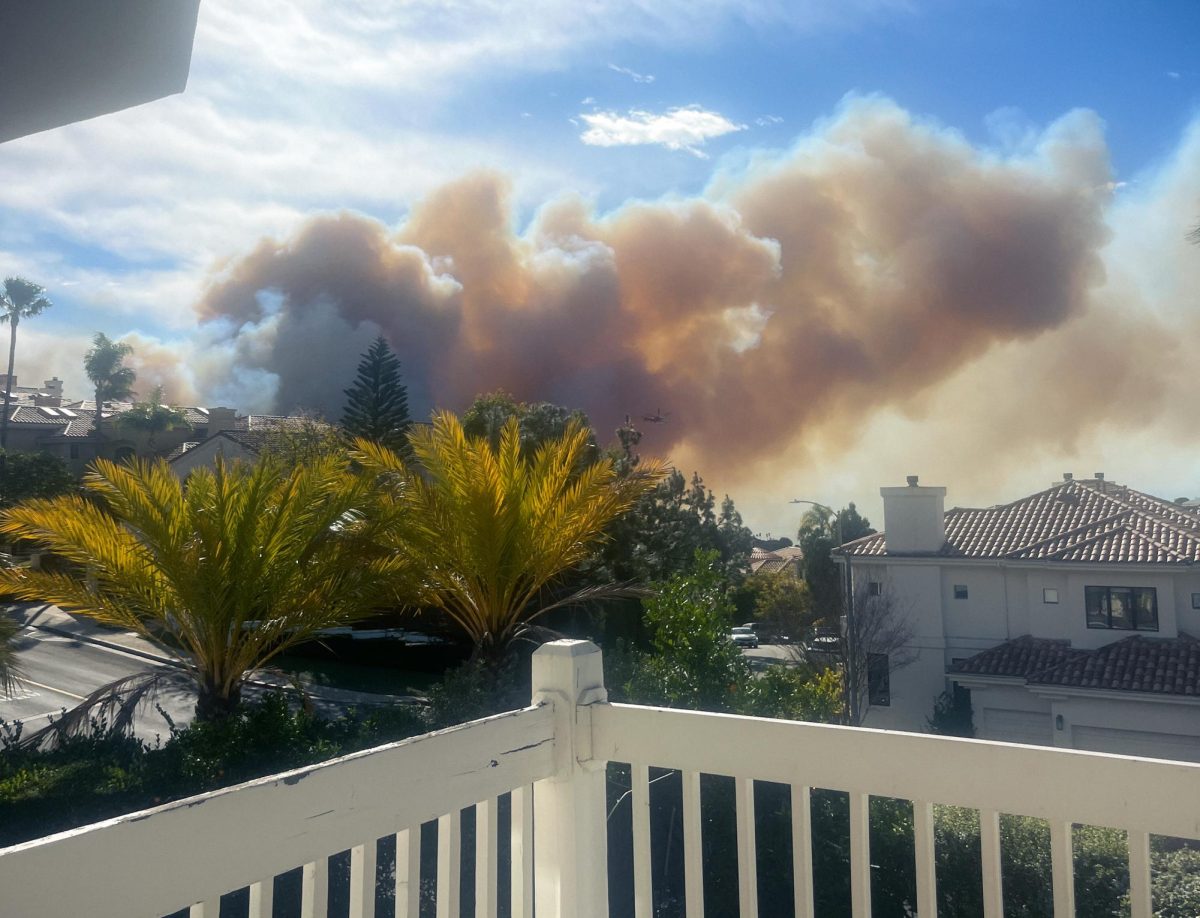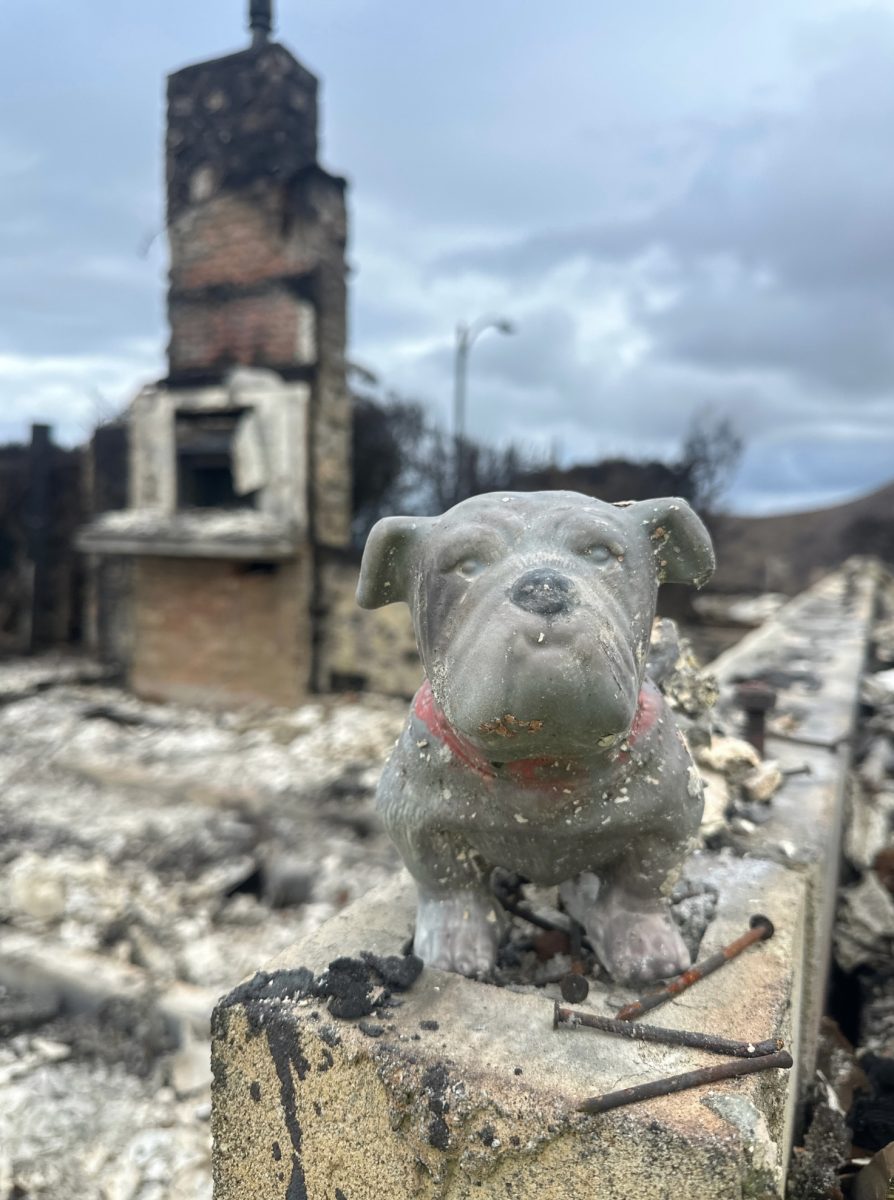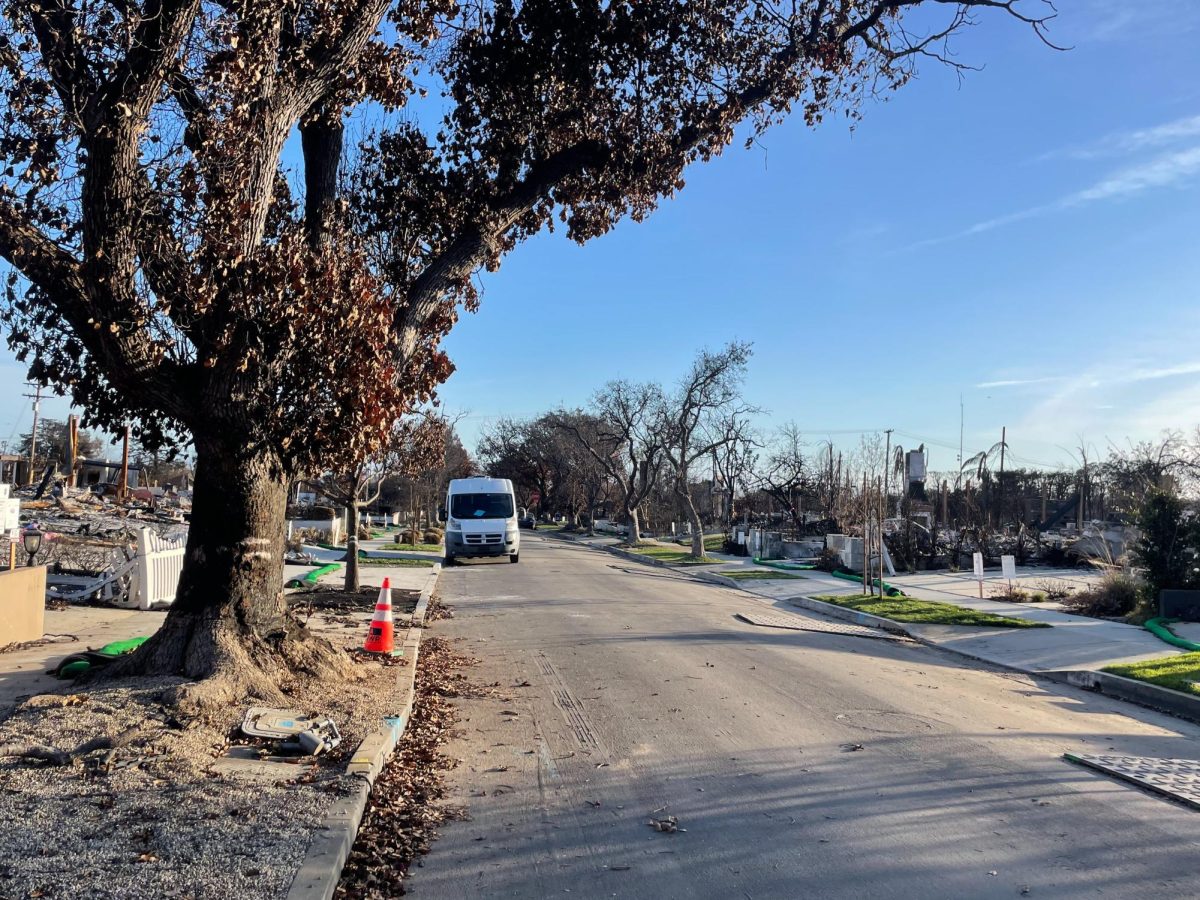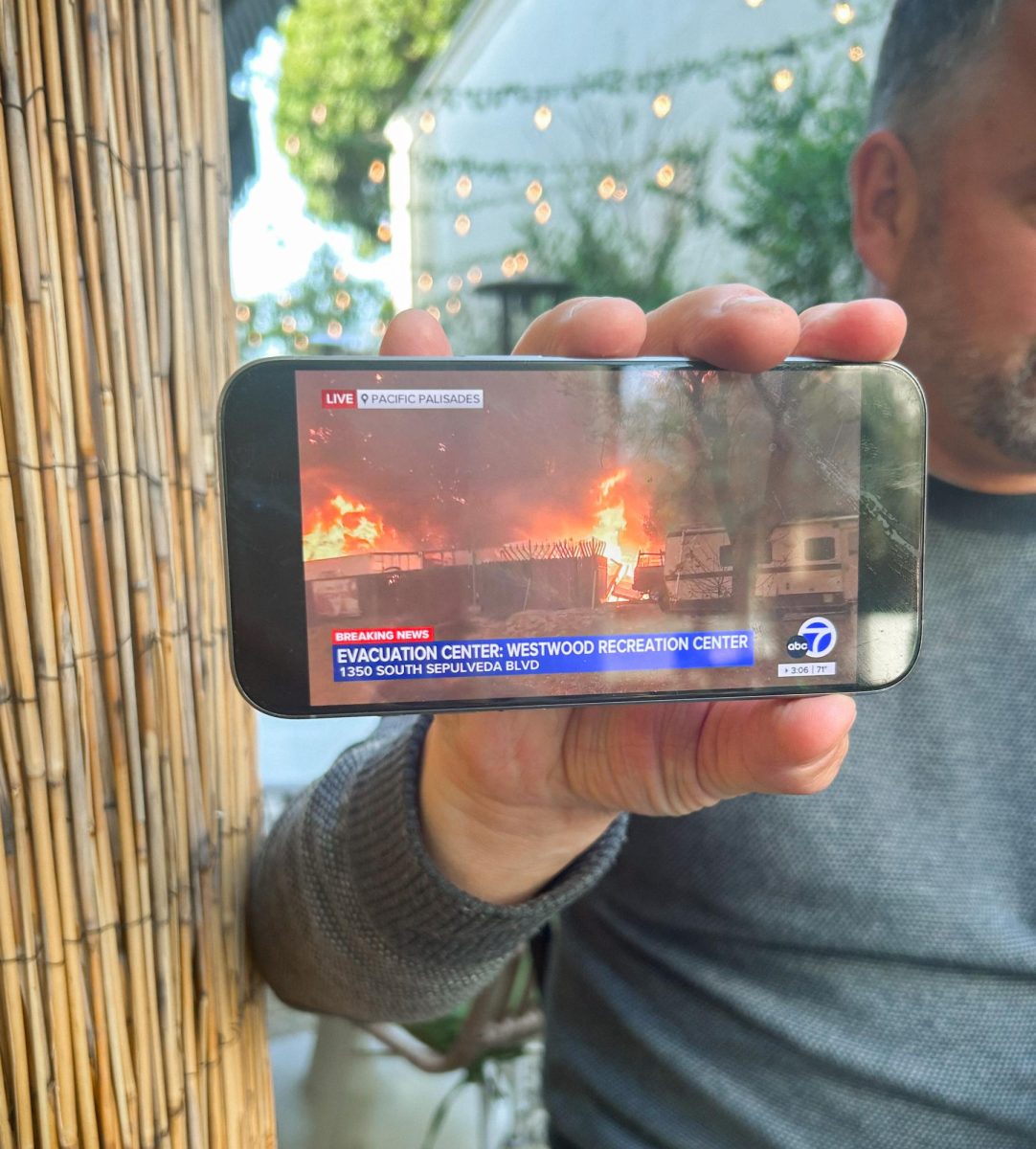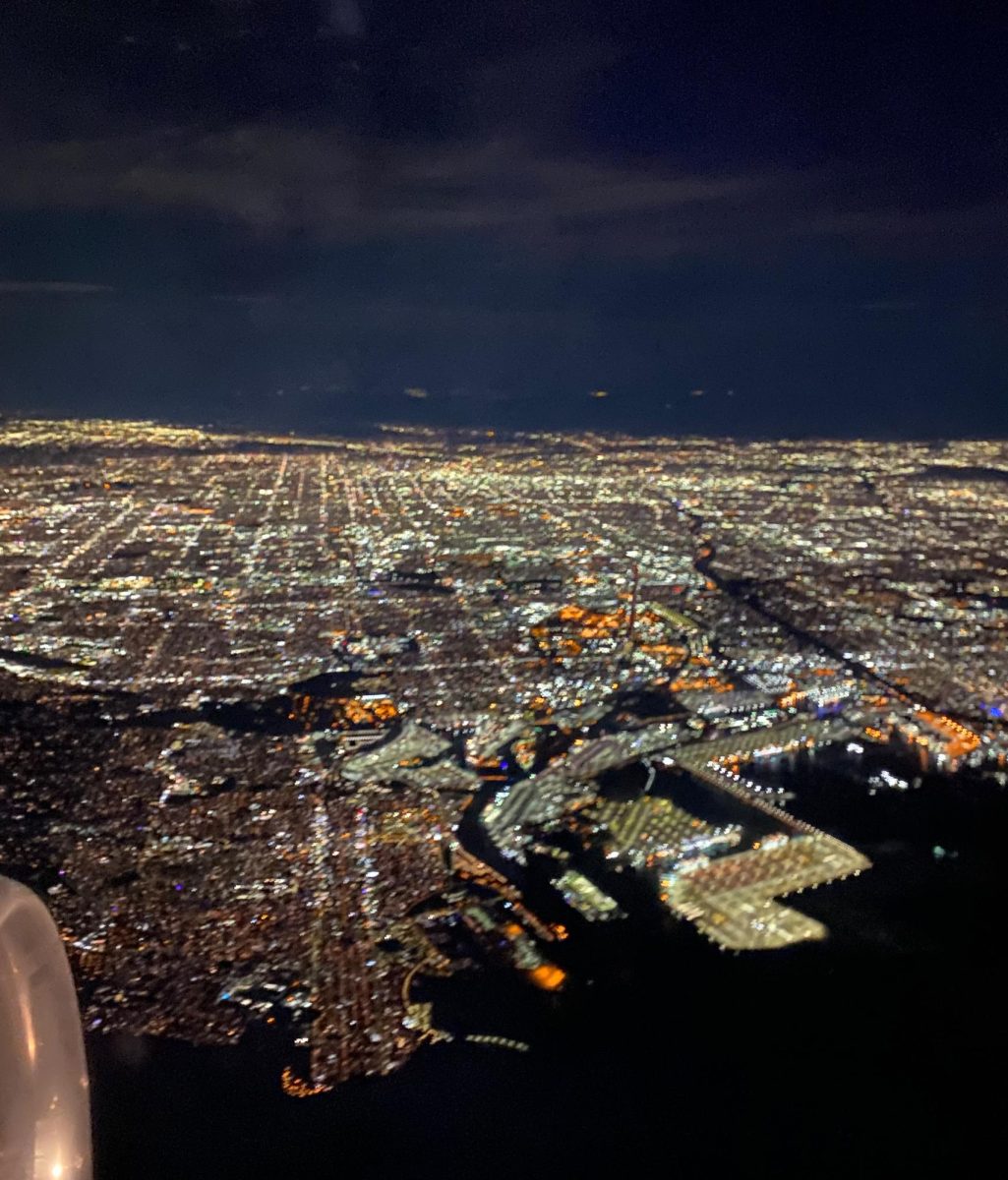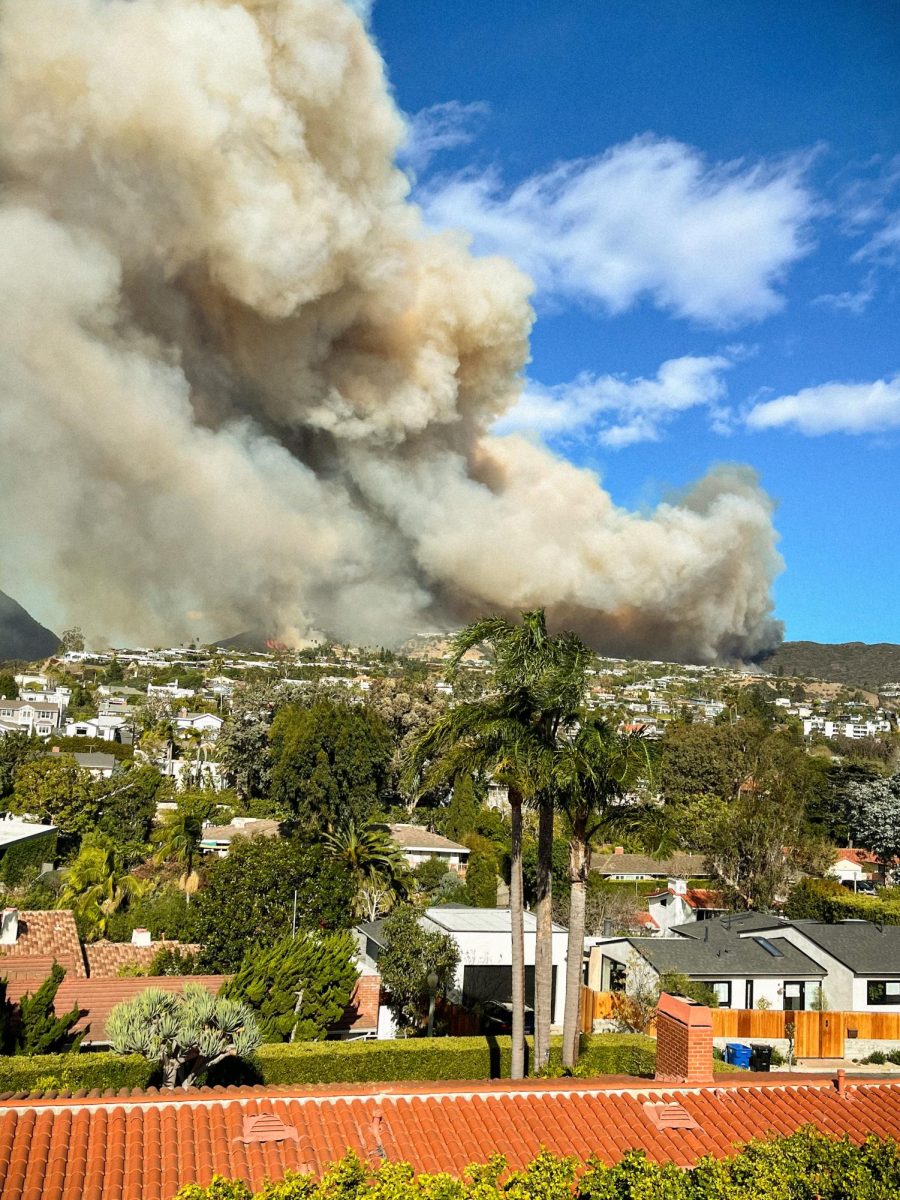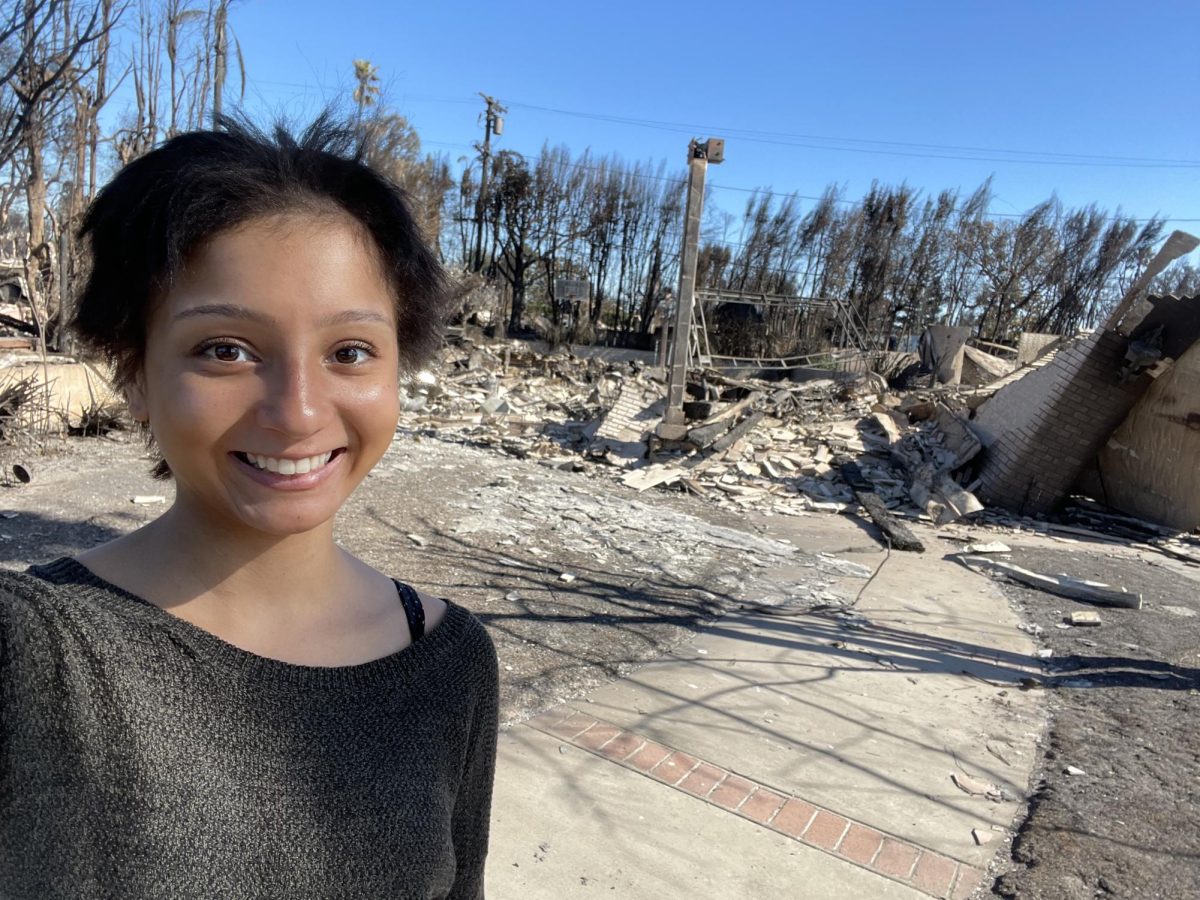The Gap: Black, Latinx Students More Affected By Virtual Learning
May 18, 2021
During her pre-pandemic years at Pali, Parys Hamilton, a Black senior, began her day around 5 a.m. She walked from her dad’s house in Inglewood to the bus stop, where she started her two-bus-and-one-train commute to school. With classes from 7:50 a.m. to 2 p.m. and extra curricular activities after that, Hamilton typically returned home at 6 p.m..
Virtual learning changed everything.
Her new schedule is almost unrecognizable as she spends her day attending Zoom classes and completing assignments online while often, simultaneously, watching her younger siblings or working the front desk of her dad’s store. As a result of these obstacles and the startling transition to an entirely unfamiliar learning format, Hamilton has been struggling academically more than ever before.
According to the Justice Union, Hamilton’s experience is not uncommon.
At Pali, the frequency of Ds and no credit in math increased 34 percent from fall 2019 to fall 2020 among Black and Latinx students, according to the Justice Union’s academic achievement gap study.
The Justice Union is a collection of student representatives from all of Pali’s student unions such as Black Student Union (BSU), Human Rights Watch (HRW), and Latinx Student Union (LSU). The group’s research unearthed a disproportionate number of Black and Latinx students failing courses overall, especially in ninth grade. According to the data, the number of Black ninth grade students earning a D or no credit across all academic subjects surged since the pandemic began.
Hamilton said her biggest challenge has been with completing her math coursework. She was initially taking geometry in eleventh grade, however, with the switch to eLearning in March of 2020, she said that “it was really hard to cope” and was ultimately unable to pass the course. She explained, “It hit hard because I couldn’t figure it out and the teachers were still trying to figure everything out.”
Hamilton resolved to retake the course during summer of 2020 but encountered similar issues as the format of the class made it difficult for her to ask for help. “If you ever needed help from the teacher or anything, you’d have to schedule a time with her instead of just raising your hand and being like ‘Hi, I need help,’” she explained.
This plea is being echoed throughout Los Angeles.
A recent Los Angeles Unified School District (LAUSD) study compared 15-week grades from fall 2019 to fall 2020 across the district and confirmed a similar surge in the number of Ds and Fs received by high-risk students. The report stated that “Latino, African American, English Learners, Students with Disabilities, Foster Youth, and those students experiencing homelessness had higher rates of Ds and Fs from the previous year at the same time.”
With COVID-19 shutdowns forcing schools to online platforms, fail rates have risen dramatically across the country as well. The impact is significant in large metropolitan areas.
“In Houston ISD, the state’s largest district, administrators said 42 percent of students failed one or more classes in the first marking period, up from about 11 percent in a typical year,” according to The Houston Chronicle.
A group of families and community organizations sued the state of California in Dec. 2020 over failure to provide adequate support to low-income Black and Latinx students during the pandemic, The New York Times reported.
In Hamilton’s case, virtual learning exposed the unreliability of her family’s WiFi connection, a crucial tool for surviving online school.
“My mom’s on Zoom, my sister’s on Zoom, and it’s just not enough [bandwidth],” she said. “It’s spacious but then, as far as trying to find somewhere that has some WiFi where you can sit and focus is kind of hard.”
Additionally, utility workers in her neighborhood cut the power a few times this year, leaving Hamilton unable to get on Zoom or complete any of her school work. She said that her teachers were not always understanding.
“I feel that there are a lot of students that abuse the excuse, ‘Oh, my WiFi is cutting out,’ she explained. “So a lot of teachers don’t take that seriously.”
Hamilton said that some students’ parents have lost their jobs during pandemic closures, forcing the students to “help their parents out and provide for themselves and their siblings.”
Compounding these obstacles, Black and Latinx students are also dealing with the same emotional hardship COVID-19 has brought to everyone in the community.
Considering this constant series of hurdles, the Justice Union is committed to working alongside Pali administration to initiate discussions about how the school can adequately support all students.
However, according to Campus Unification Director Giovanni Stewart, finding solutions isn’t about someone having all of the answers. “It’s more about people being willing to sit down and listen to each other and being able to work together to communicate, identify issues and then create a solution,” he said.
“The goal here is for the campus to be able to work together to make real systemic and radical change for black students and Latinx students,” added Stewart, who played an instrumental role in launching the Justice Union four years ago. “How do you center the needs of Black and Latinx students on a campus that is predominately white, and how do you make it a really safe space for that?”


